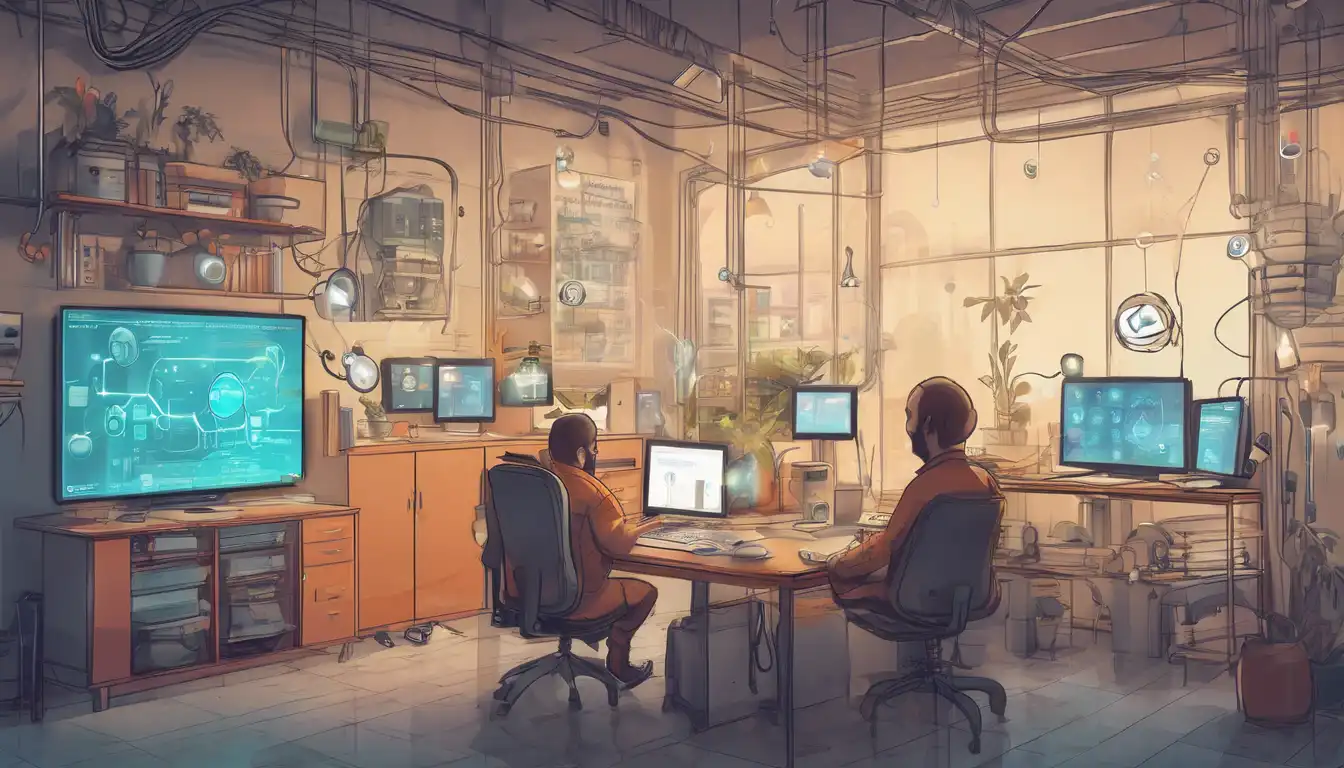Introduction to IoT Development
The Internet of Things (IoT) is revolutionizing how we interact with the world around us. From smart homes to industrial automation, IoT development is at the heart of this transformation. This guide is designed to help beginners take their first steps into the world of IoT development, covering the basics and providing a roadmap to get started.
Understanding IoT
IoT refers to the network of physical devices connected to the internet, collecting and sharing data. These devices range from ordinary household items like refrigerators and thermostats to sophisticated industrial tools. The key to IoT is the ability to remotely monitor and manage these devices, making our lives more convenient and businesses more efficient.
Getting Started with IoT Development
To begin your journey in IoT development, you'll need to familiarize yourself with a few core concepts and tools:
- Programming Languages: Python and JavaScript are widely used in IoT for their simplicity and versatility.
- Hardware Platforms: Platforms like Arduino and Raspberry Pi are popular among beginners for prototyping IoT devices.
- IoT Protocols: Understanding protocols such as MQTT and CoAP is essential for device communication.
- Cloud Platforms: Services like AWS IoT and Google Cloud IoT provide the infrastructure to connect and manage IoT devices at scale.
Building Your First IoT Project
A simple project to start with is creating a smart LED that you can control remotely. This project will introduce you to the basics of IoT development, including programming your device, connecting it to the internet, and controlling it through a web interface.
- Gather your materials: an Arduino board, an LED, a resistor, and a breadboard.
- Write a simple program in the Arduino IDE to control the LED.
- Use a Wi-Fi module to connect your Arduino to the internet.
- Create a web interface to toggle the LED on and off.
Challenges in IoT Development
While IoT development offers endless possibilities, it also comes with its set of challenges. Security is a major concern, as connected devices can be vulnerable to hacking. Scalability is another challenge, as managing thousands of devices requires robust infrastructure. Lastly, interoperability between devices from different manufacturers can be difficult to achieve.
Future of IoT Development
The future of IoT is bright, with advancements in AI and machine learning opening new possibilities for smart devices. As IoT technology becomes more accessible, we can expect to see more innovative applications in healthcare, agriculture, and smart cities.
Embarking on your IoT development journey can be both exciting and rewarding. By starting with simple projects and gradually tackling more complex challenges, you can build the skills needed to create innovative IoT solutions. Remember, the key to success in IoT development is continuous learning and experimentation.
